Cool new solutions from Toyota makes mobility possible for all
Toyota mobility products at the 2024 Paralympics
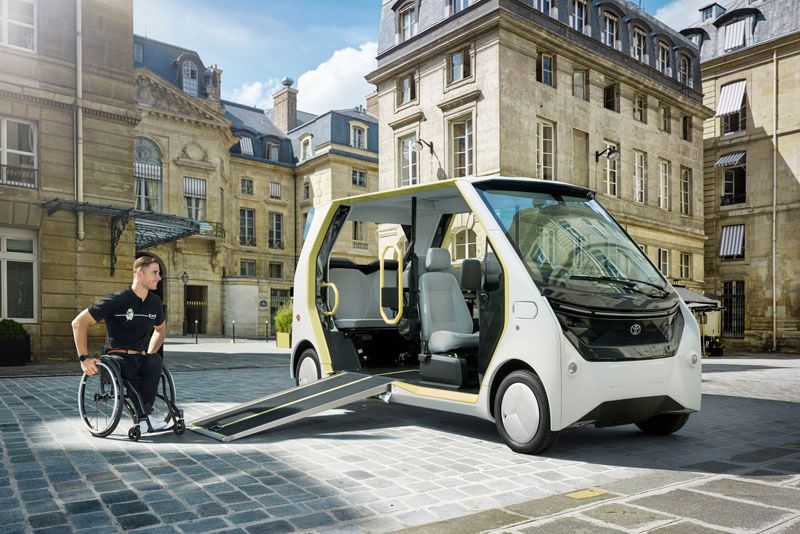
Getting around sounds easy enough for you and me: put your pants on, hop in the car (or on a jeep), and you're off. But some of us have mobility needs, making menial tasks like those impossible. How are you expected to do your business, like make a living or even complete your PWD ID application?
This concern has been ignored or swept under the rug for too long, and the consequences are dire. Just look at how many establishments — even countries, for that matter — fall pathetically short in providing the necessary handicapped accessibility systems to basic services. A chatty Uber driver in France told us that most of the Metro stations in Paris — the city hosting the 2024 Paralympic Games — are inaccessible to people with disabilities.
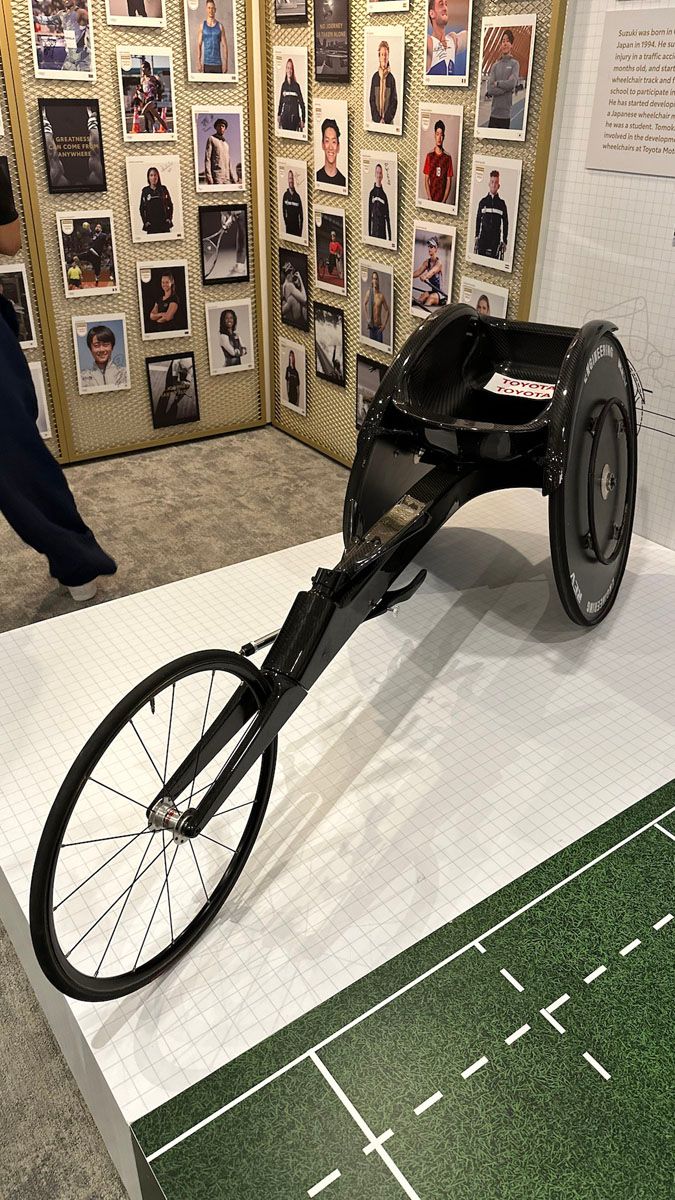
Fortunately, empathy, an emotional response that is becoming rarer with each passing generation, is not lost on the chairman of Toyota Motor Corporation (TMC), Akio Toyoda. In January 2018, he shifted TMC from an automaker to a mobility company. A month later, Toyota rolled off the Start Your Impossible (SYI) campaign, highlighting real-life mobility stories of Olympic, Paralympic, and even everyday 'athletes' — people like you and me. These personal stories are not just inspiring, but they also make us feel connected and empathetic toward their struggles and triumphs.
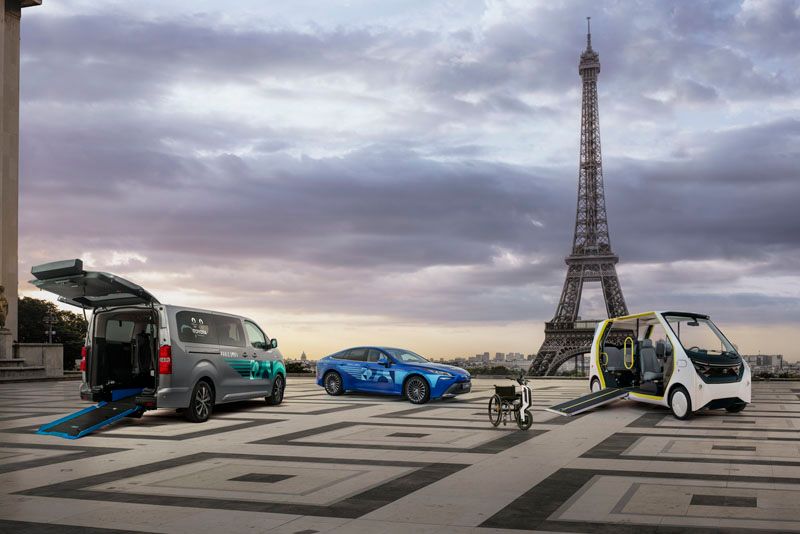
With Toyota's global reach, the Start Your Impossible campaign has inspired a worldwide audience. This inspiration is not just for personal growth but also to encourage people to advocate for improved accessibility. However, to make a more significant global impact, Toyota's commitment to the campaign didn't stop with just storytelling. They doubled down on their efforts, funding the creation of mobility solutions that cater to the diverse needs of different individuals. This gives hope to those who have long been overlooked and paves the way for a more accessible future that we all have a responsibility to create.
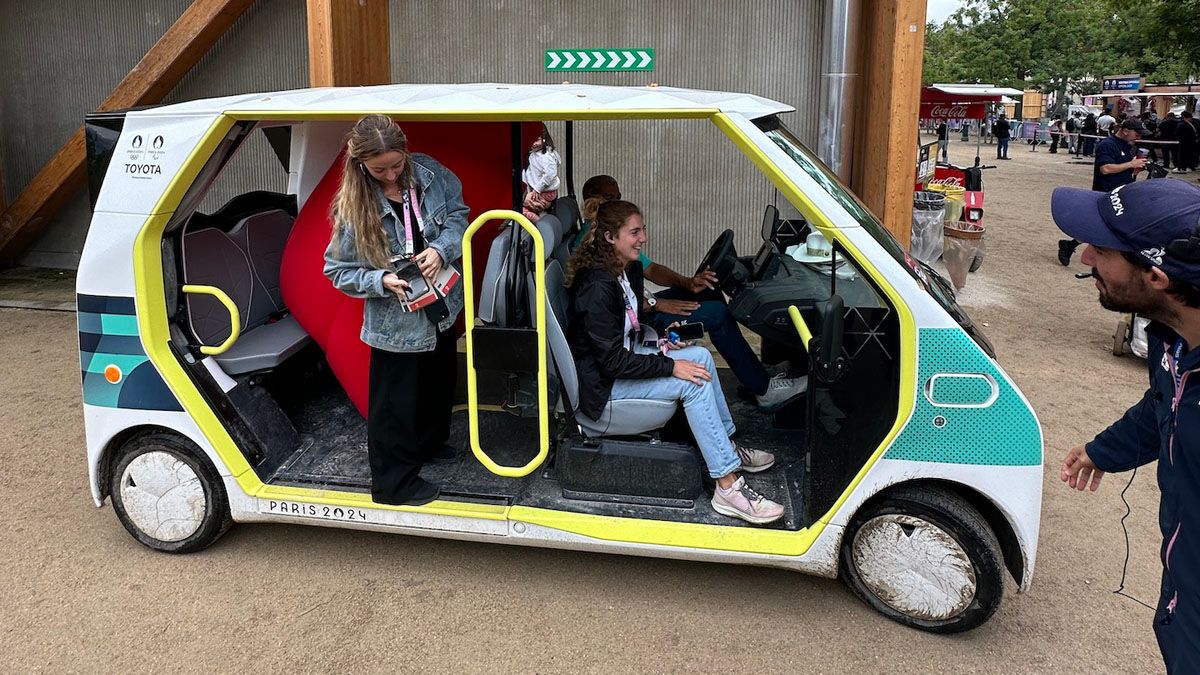
If you watched even just a little bit of the (Olympic or Paralympic) games, it was hard to miss one of the 250 APMs (Accessible People Mover) of Toyota. This battery-electric vehicle was ubiquitous throughout the competition, offering last-mile service and transporting people with accessibility needs using a ramp to allow wheelchairs to roll up. It can go up to 100 kilometers on one full charge at a maximum speed of 20 km/h.
Almost as many were the 200 units of the wheelchair e-puller, also called the Yosh-E. It converts a conventional wheelchair by attaching itself to the front and propelling forward using battery power. It has a 25-kilometer range and a maximum 8 km/h speed.
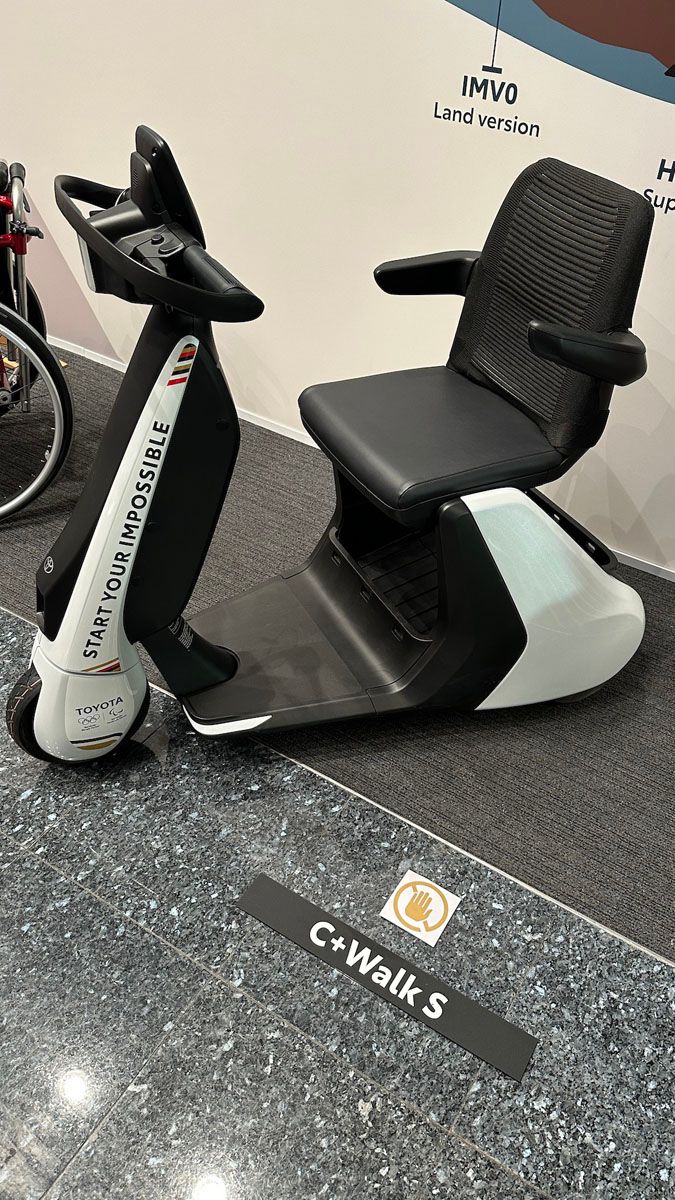
Not as visible but just as important were the C+Walk S mobility scooters distributed to Paris 2024 employees with disabilities to allow them to move freely around the Organizing Committee's headquarters. This three-wheeled, pedestrian-mobility-assistance model has been available in Japan since last year. It has a 25.2-volt lithium-ion battery and a 0.25-kW electric motor, allowing it up to 12 kilometers. The maximum speed is 6 km/h.
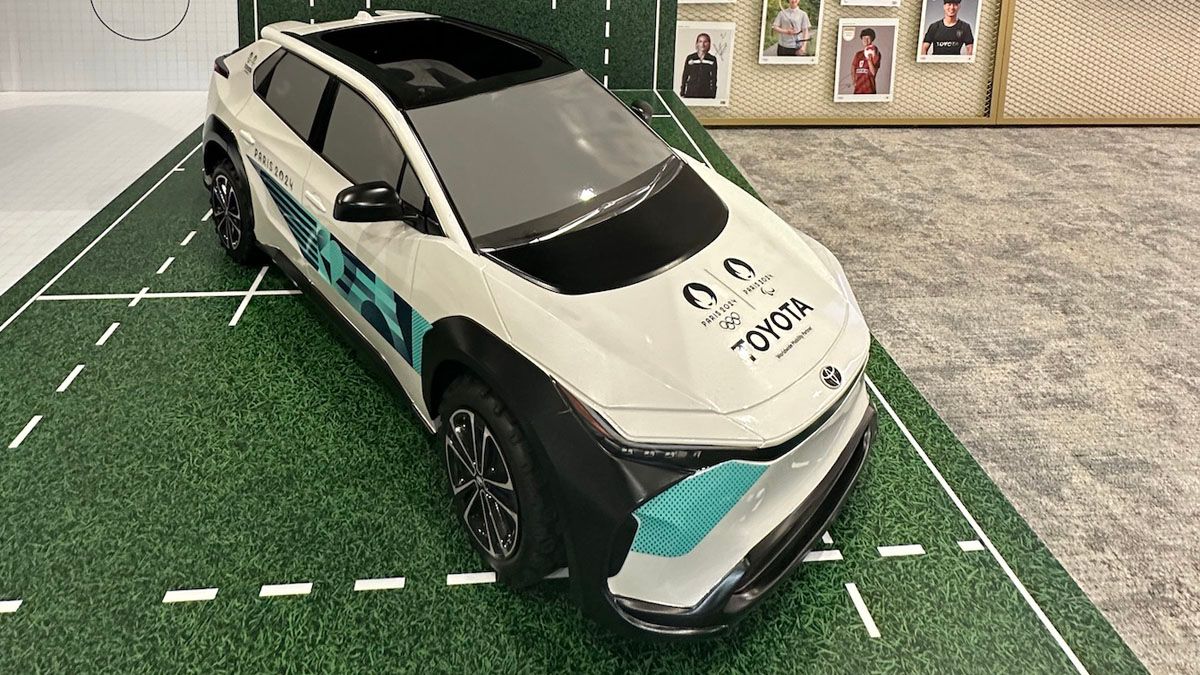
Interestingly, the devices that received the most airtime were the robot cars that delivered the javelin around during the competition and the racing wheelchair used during the T54 marathon.
If you missed the shot-put event, the Wakandanesque prosthetic leg on display in the Toyota House is worth mentioning. It was developed with Toyota Gazoo Racing for Paralympian, Tyrone Pillay, to use in the 2024 Paralympics.
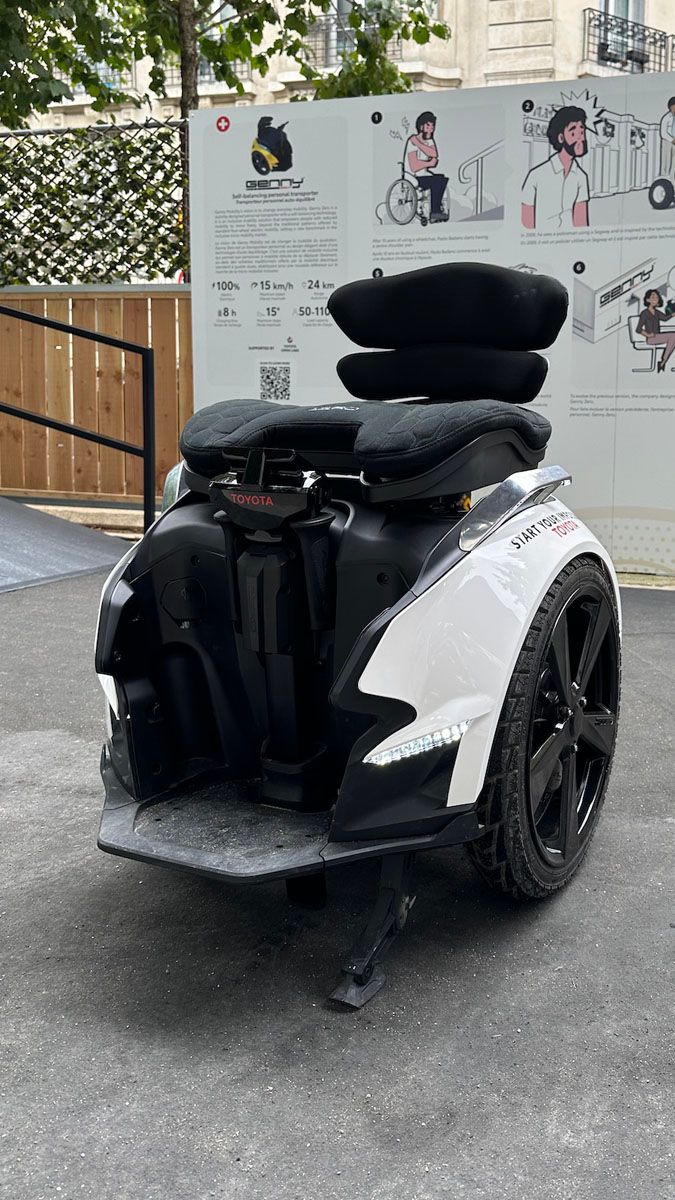
Even with all that, there is more on the way. At the inclusive Mobility Park, Toyota demoed the stair-climbing Juu wheelchair, the Genny self-balancing personal transporter, and a sample of futuristic refueling possibilities with the H2 (Hydrogen) cartridge-powered cargo bike carrying hydrogen capsules. I had a chance to ride the prototype Genny and production models of the Yosh-E, the APM, and the C+Walk, which has a seat (S model) and a platform for standing (T model). Thankfully, they were easy to use and did not require Yulo-type core strength to remain stable and upright.
There have been many slogans about overcoming the 'impossible,' but Toyota's feels more realistic and practical. It does not downplay or minimize the odds against you. Instead, it just urges you to begin the journey, no matter how impossible it may seem. These mobility solutions are their way of saying, "I gotchu," every step of the way.